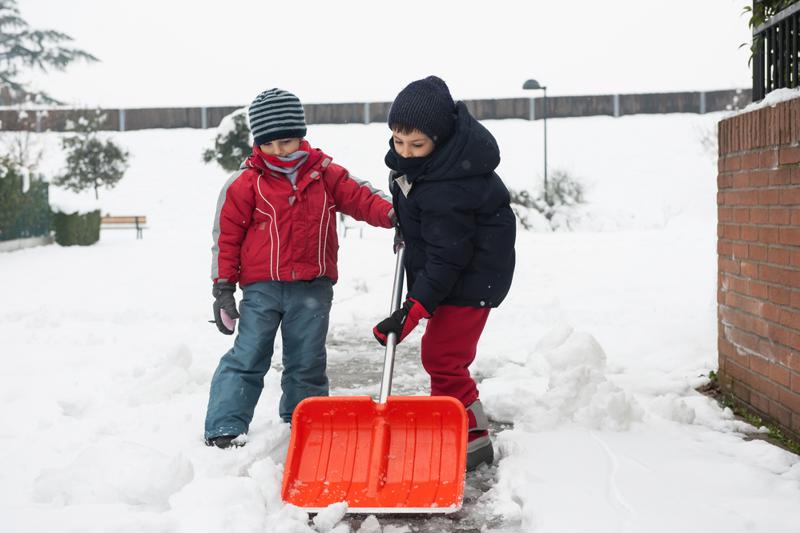It's a poor craftsman who blames his tools, but if you don't pick the right equipment for the job, you might be setting yourself up for failure from the beginning. When snow storms start to roll in, many people buy the first snow thrower they see only to find out after the next blizzard that their brand new machine can't cut it. That's why it's so important to decide what your snow thrower needs are before making the purchase.
While top-of-the-line Husqvarna snow throwers come in single- and two-stage models, you'll really want to focus on choosing between electric- and gas-powered throwers this season. It might seem like a small difference to you, but the power source for snow throwers determines everything from the type of engine to how easy they are to handle. If you're debating purchasing a new snow thrower before the next storm, figure out whether electric- or gas-powered equipment will work for you.

The electric slide
Electric-powered snow throwers have become more popular in recent years due to their smaller size and excellent maneuverability. This is all thanks to the fact that electric throwers run off motors instead of internal combustion engines, which are not only heavier but also much larger. All you need to do is make sure the power cord is securely attached to the thrower and an outlet to set the motor running.
Another reason electric throwers have taken off is their relative ease of use. Their smaller size makes it easier for you to turn a tight corner or navigate hilly terrain. Also, some models like the Husqvarna ST327P have a push-start button to get you out of the garage and into the thick of the storm as fast and hassle-free as possible. If you've ever worn out your shoulder yanking away at a pull-cord on a gas-powered thrower, this feature alone might be enough to seal the deal for you.
However, electric snow throwers aren't all peaches and cream. First, most electric models are smaller and aren't much good when more than a handful of inches of powder are on the ground. There aren't many products with self-contained power sources, so your range is effectively limited to the length of the cord and availability of outlets. This can also be a bit dangerous for first-time users – if you happen to run over the cord by mistake, you risk damaging the machine and hurting yourself in the process. There's also the obvious issue of water and electricity not being the best of friends, and if a good deal of moisture makes its way inside the housing and into the motor, you could have a big, expensive problem on your hands.
"Most gas models come with features like power steering and self-propulsion."
What a gas
If you live in a place where blizzards are more of a "Not if, but when" scenario, you should probably look into gas-powered snow throwers. These are much bigger than their electric cousins, and depending on the volume of the engine, they can be powerful enough to clear several feet of snow in a short period of time. They're much heavier, but most models come with features like power steering and self-propulsion so you don't break your back clearing your driveway. There's also no power cord to worry about – you're only limited by the amount of fuel in the tank.
Just like electric throwers, gas-powered ones have their own drawbacks. Internal combustion engines need regular maintenance to stay in good shape, and if you let a tank of gas sit for more than a month, the fuel grows stale and won't work anymore. Also, very few gas throwers are equipped with automatic starts, so you still have to wail away on that pull-cord like you're starting a single-prop plane.